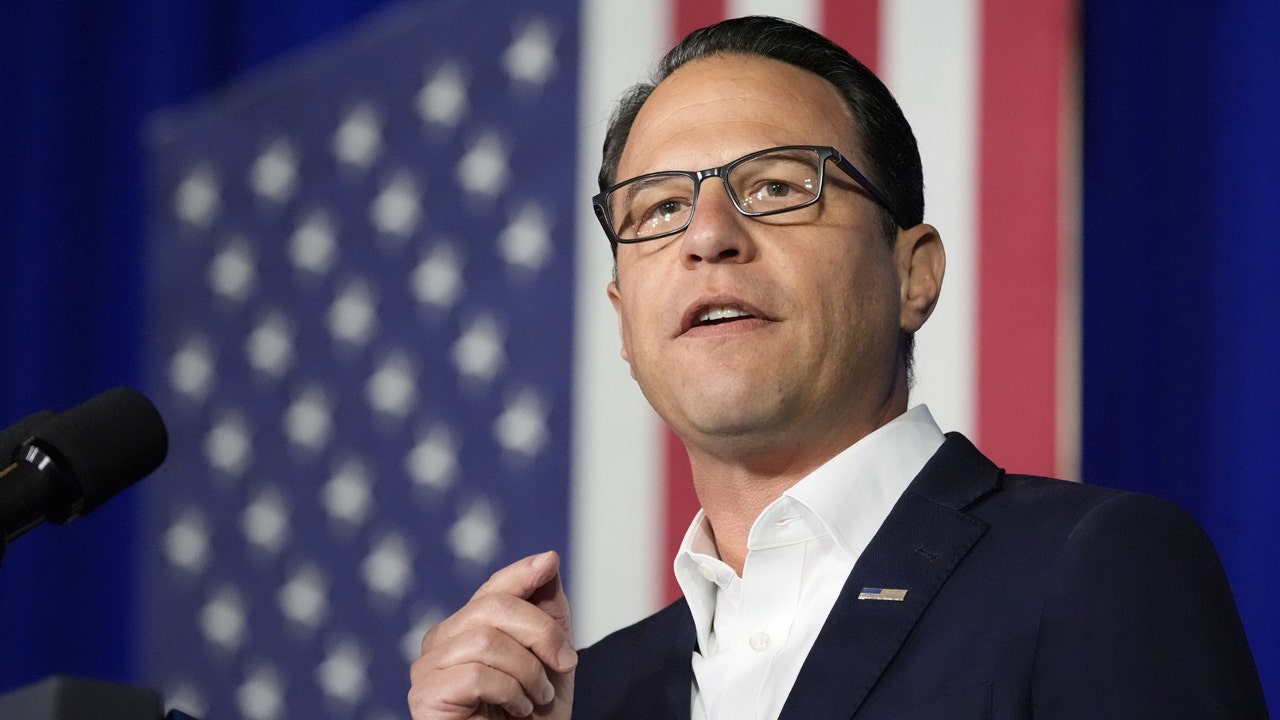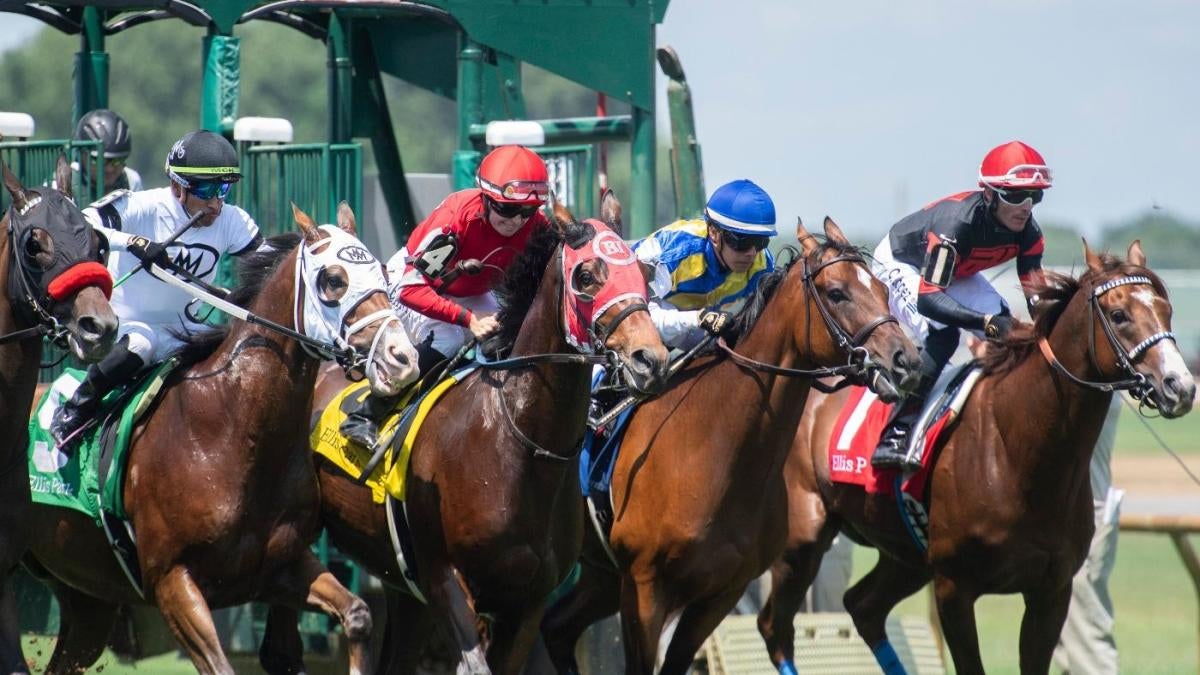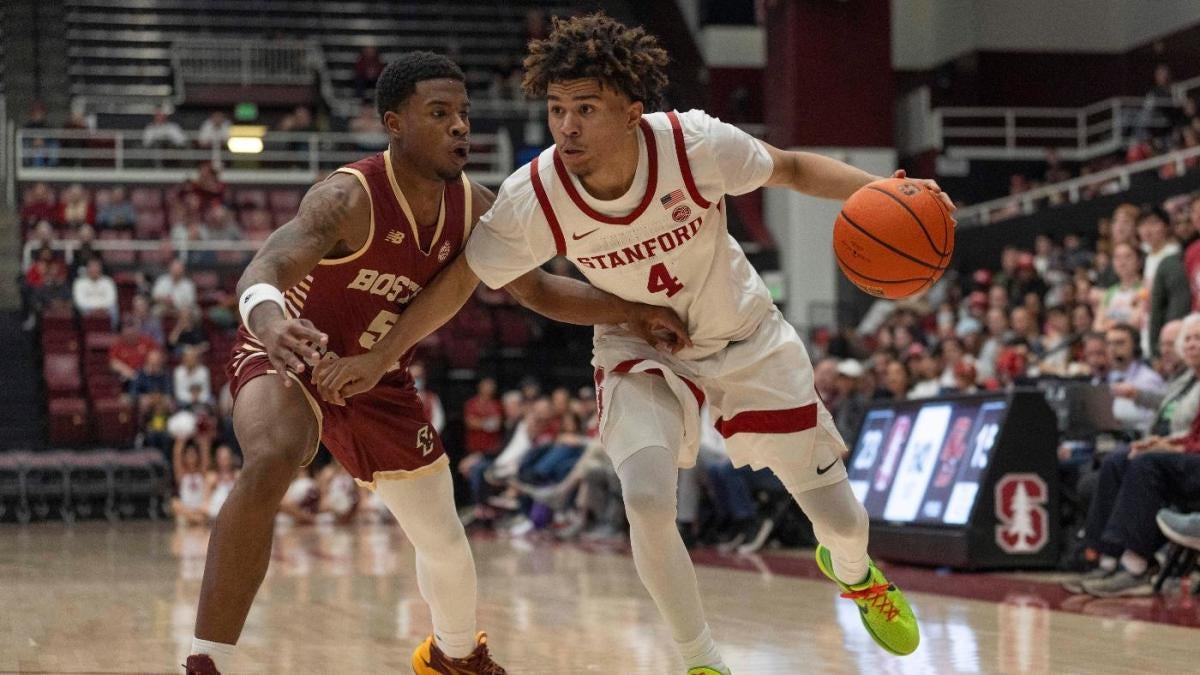Bangladesh appeared calm on July 22 amid a curfew, but widespread disruption of telecoms prevailed a day after the Supreme Court scrapped some quotas for government jobs that sparked protests this month that killed scores.
Also Read: Bangladesh protests: BSF opens ‘special help desks’ to facilitate return of Indian students
Clashes between protesters and security forces killed at least 139 people across the South Asian nation after the high court last month reinstated job reservations removed by Prime Minister Sheikh Hasina’s government in 2018.
On July 21, however, the Supreme Court ordered that 93% of government jobs should be allocated on the basis of merit, against earlier quotas of 56% for groups such as families of freedom fighters, women, and people from underdeveloped areas.
There were no reports of violence or protests on July 22 morning and media said the curfew would be relaxed for three hours in the afternoon, extended from two hours the previous day, so that people could buy essentials.
Student protesters have said they plan to continue demonstrations, however, until the release of detained protest leaders, and have demanded the government lift the curfew and re-open universities shut since Wednesday.
They have set a 48-hour deadline for the government to act on the demands.
Last week’s protests saw thousands injured as security forces fired tear gas, rubber bullets, and sound grenades to scatter the demonstrators.
Experts have blamed the unrest on stagnant job growth in the private sector and high rates of youth unemployment that have made government jobs, with their regular wage hikes and other privileges, more attractive.
Ms. Hasina, who was sworn in for a fourth consecutive term this year, has been accused of authoritarianism, human rights violations, and crackdowns on free speech and dissent in the past – charges her government denies.













